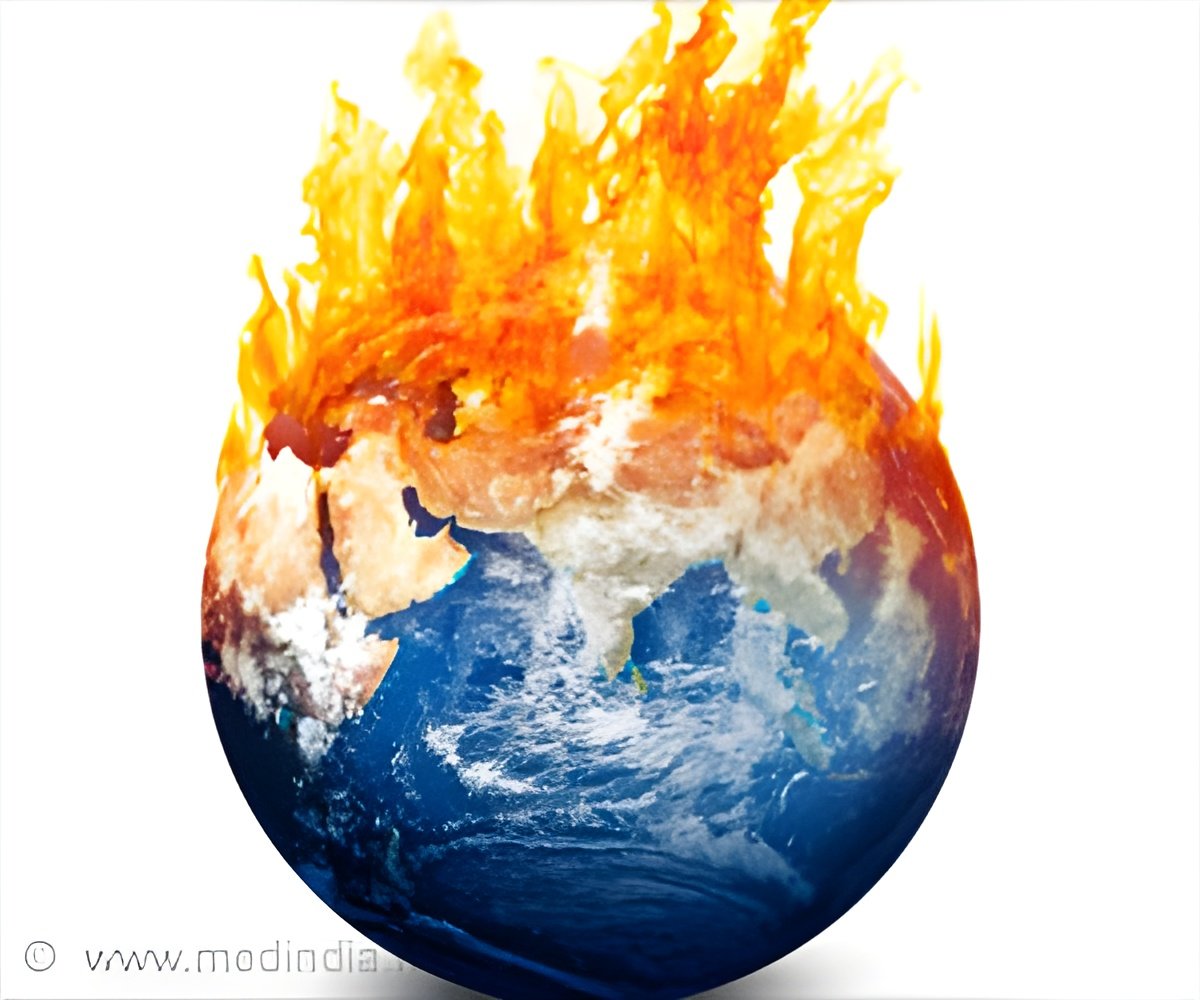
Over the course of two weeks, the core team of scientists from the Wegener Center of the University of Graz in Austria and the Universities of York and Manchester in the UK recorded the first data of this kind, where the impressive green guidance laser was used to record atmospheric turbulence alongside the infrared laser.
The night sky was lit up with green pulses of light between the two islands - looking more like a scene from a Star Wars film than an experiment to help understand Earth's atmosphere.
The experiment was devised to test the concept of using 'infrared differential absorption spectroscopy' as a way of making extremely accurate measurements of trace gases such as carbon dioxide and methane. he approach links two satellites orbiting Earth: one acts as a transmitter and the other acts as a receiver, with the atmosphere being probed as the beam travels between them.
Radio occultation involves tracking signals from satellites as they rise or set behind Earth and is a well-established method of sensing the atmosphere using microwave signals.
This new concept, however, uses shortwave infrared laser pulses.
Advertisement
Repeated at different altitudes, a vertical profile stretching from the lower stratosphere to the upper troposphere could be built up. s an important part any new development, the theory has to be put to the test.
Advertisement
Perched on these volcanic mountains and separated by 144 km of Atlantic Ocean, there is an unobstructed path between the two facilities, making them one of the best sites in the world to conduct such experiments.
"The campaign has been a crucial next step towards realising infrared-laser occultation observations from space," Gottfried Kirchengast from the Wegener Center said.
"We are excited that this pioneering inter-island demonstration for measuring carbon dioxide and methane was successful," Kirchengast added.
Source-ANI









